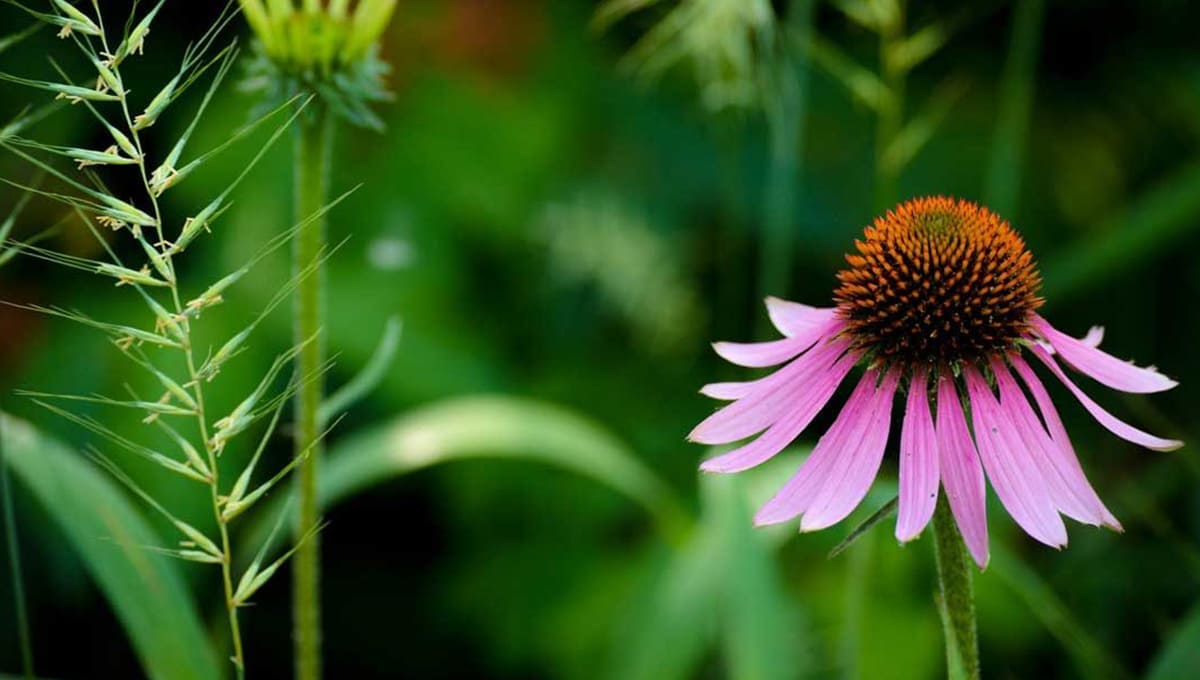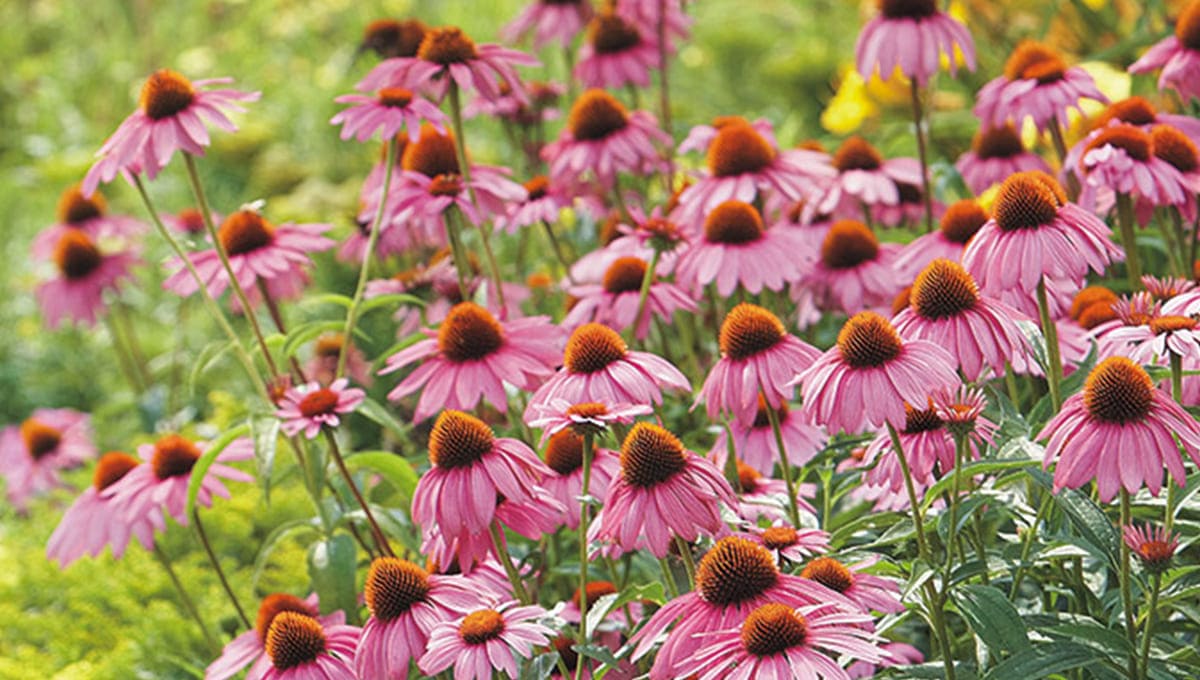Flat 10% Off and FREE Shipping on Prepaid Orders

Adding coneflower in your garden is not too difficult if you follow the right way.
Here are some tips which help you to do easier gardening of this flower:
Once the flower matures, “cone” begins to stick up in the centre of the circle of petals. Cone is a cluster of seeds head, when they are left to dry on the plant - they will act as mother nature’s bird feeder. It attracts lots of goldfinches, cardinals and other birds which are looking for a feast.
How To Pick Coneflowers?
Coneflowers have dozens of beautiful varieties, but how to choose the best for your garden? So, choose the variety, which suits your space and taste, but be sure to read it’s tag to know more about its need. Here is some suggestion for you to grow coneflower:

Coneflower has many native species, but the most popular is the purple coneflower. It usually grows between 2 - 4 feet tall. With other easy-to-find varieties, the white swan is the best selection which bears large white flowers and grows up to 4 feet.
However, coneflower has dwarf varieties too, like Kins Knee High - produce pinkish-purple flowers. If you have a small garden then, plant these flowers to get a super bloom in a small space.
When you go for shopping - you will find many coneflower varieties that do not look like coneflowers, like hybrid double types - have two rows of petals. But be sure to pick the right variety because some of these plants bloom does not last as long in the garden as others.
Coneflower needs at least 6-8 hours of sunlight, so plant them where they will get plenty of sunlight. In warmer regions, give your plants little afternoon shade to protect them from fading. If you are thinking for more plants then grow old varieties of coneflower which will self-seed, just leave the bloom in their place.
When To Plant Coneflowers?
Coneflowers prefer springtime to grow. So, plant them after the frost or in early fall. Before the first expected frost, make sure your new plants have at least six weeks to establish its root.
How To Prepare The Soil Bed?
Before you start plantation, it is important to amend your soil bed for quality and successful production. Improve your native soil by mixing 3 inches top-quality soil and thoroughly mix Plantic Water Storing Crystals - help to reduce water stress in plants and prevent over and underwatering. Then, dig a space for seedling or young plants and plant it. After plantation, feed your plants with Plantic Organic Seed-Starter! Liquid plant food - formulated for starter plants for rapid rooting. After some days of the plantation when the soil lacks key nutrients, enrich the soil again with Plantic Organic BloomDrop! Liquid plant food! It’s easy to use liquid formulation contain nutrient granules, which spread uniformly in the soil bed and enhance beneficial microbes which further adds essentials. It is specially formulated for flowering plants for super bloom and also helps to maintain soil pH level. Check out more about Plantic Organic Plant Food.
How To Plant Coneflowers?
Grow coneflowers in your garden or indoor, just follow the below steps:
How To Stake Coneflowers?
Coneflowers have strong stems that can go along the weight of their big flower heads, so they rarely need a stake. If you find your plants need support. Then, push a sturdy stake into the soil near the centre of the plant (not through the plant). Loop twine loosely around the plant stem and stake. You can also purchase a circular stake for clumping flowers. But whatever you do to support your plants, at the end it should look natural.
How To Water Coneflowers?
Cauliflower can tolerate quite drought when it gets properly establish in your garden bed. Your duty does not end here - still you need to give them care; check your plants every other day. If the top inch of soil looks dry, water your plant thoroughly. You can also check your plants thirst from their droopy leaves. When the coneflowers have been in the garden for the entire season then, you need not to water them unless it has not rained for 2 months or more.
How To Feed Coneflowers?
If you want a healthy growth then, start feeding your coneflowers in the spring with Plantic Organic BloomDrop! Liquid Plant Food. This flower booster plant food works instantly and will help your plants produce super blooms. Instead, you can also use Plantic Water Soluble All Purpose or All-in-One Drop Plant food-formulated for all plants. Designed with an advanced technique which won’t take any extra time to feed your plants, as you can do it with watering.
How To Deadhead And Prune Coneflowers?
Encourage more flowering in the starting of bloom season, deadhead coneflowers regularly. Cut off the faded blooms before they produce seeds. Always remember to cut back to a part of the stem or leaf, where you can see a new bud formation. Later in the season when the plant begins to produce fewer blooms, you can just let them be.
To provide food for birds, let the plants stand during the winter. Prune them in late summer so that leaves will emerge at ground level in early spring, which further followed by flower stalks.
To enjoy the blooms longer than at least a season, try this easy pruning trick. Once the coneflowers begin to grow again in the spring, cut some of the stems by half. It helps to delay the flowering on those stems. This tip makes you enjoy first the bloom of uncut stem and then cut stems, which will spread its beauty later in the season.
Can I Divide Coneflowers?
Some perennials need to be divided to keep coneflower thriving, (coneflowers do not). Because each plant has a single tap root system, which is uneasy to split up, so just leave them alone.
